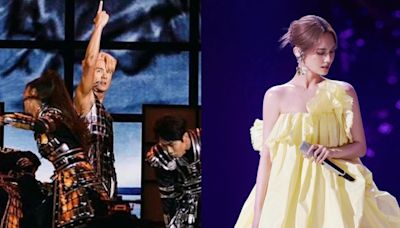搜尋結果
Early life. Career. Personal life. Filmography. Television series. Discography. Awards and nominations. References. External links. Mark Chao ( Chinese: 趙又廷; Wade–Giles: Chao Yu-t'ing; Pe̍h-ōe-jī: Tiō Iū-têng, born 25 September 1984) is a Taiwanese-Canadian actor and model. [1] .
Dorothy Chao Jenkins, James Y. Chao, Albert Chao [1] Chinese name. Traditional Chinese. 趙廷箴. Hanyu Pinyin. Zhào Tíngzhēn. Ting Tsung "T.T." Chao (1921 – March 7, 2008) was a pioneer in international petrochemical and plastics industries in Asia and North America.
China. Zhao (趙, ~910–~921) was a state early in the Five Dynasties period of the history of China in what is now central Hebei. The ancestors of Zhao's only prince, Wang Rong, had long governed the region as military governors ( Jiedushi) of the Tang dynasty 's Chengde Circuit ( Chinese : 成德, headquartered in modern ...
Zhao Ziyang (Chinese: 赵紫阳; pronounced [ʈʂâʊ tsɹ̩̀.jǎŋ], 17 October 1919 – 17 January 2005) was a Chinese politician. He was the third premier of the People's Republic of China from 1980 to 1987, vice chairman of the Chinese Communist Party (CCP) from 1981 to 1982, and CCP general secretary from 1987 to 1989.
Standard Mandarin. Hanyu Pinyin. Zhào Chāngzhī. Wade–Giles. Chao 4 Ch'ang 1 -chih 1. Zhao Chang ( fl. 10th century), courtesy name Changzhi, was a Chinese painter during the Song dynasty . He was a disciple of flower-and-bird painter Teng Changyou (滕昌祐). He also used the methods of the Southern Tang painter Xu Chongsi .
CJK Unified Ideographs is a Unicode block containing the most common CJK ideographs used in modern Chinese, Japanese, Korean and Vietnamese characters. When contrasted with other blocks containing CJK Unified Ideographs, it is also referred to as the Unified Repertoire and Ordering (URO).[3] The block has hundreds of variation sequences ...
Qin Shi Huang (Chinese: 秦 始皇, pronunciation ; February 259 – 12 July 210 BC) was the founder of the Qin dynasty and the first emperor of China. Rather than maintain the title of "king" (wáng 王) borne by the previous Shang and Zhou rulers, he assumed the invented title of "emperor" (huángdì 皇帝), which would see continuous use by monarchs in China for the next two millennia.



